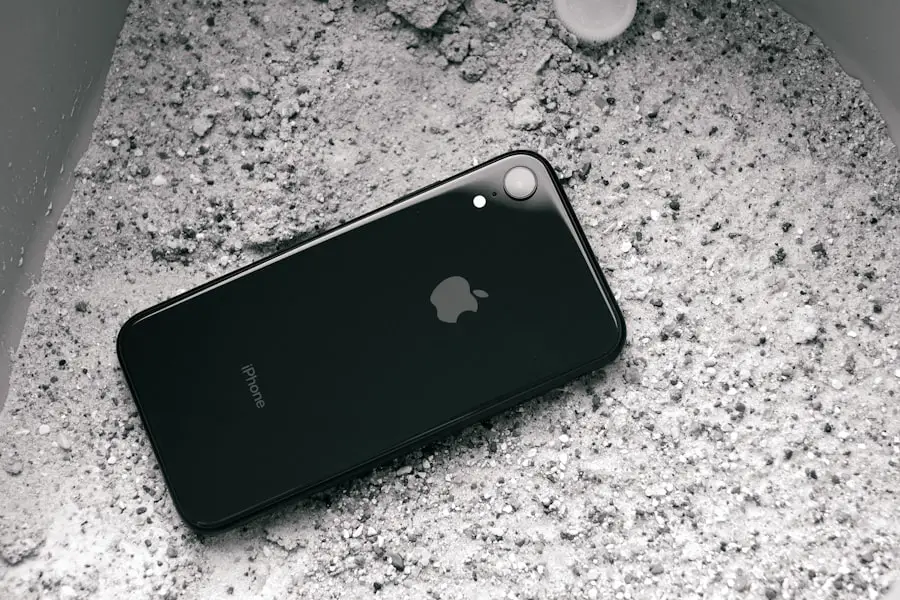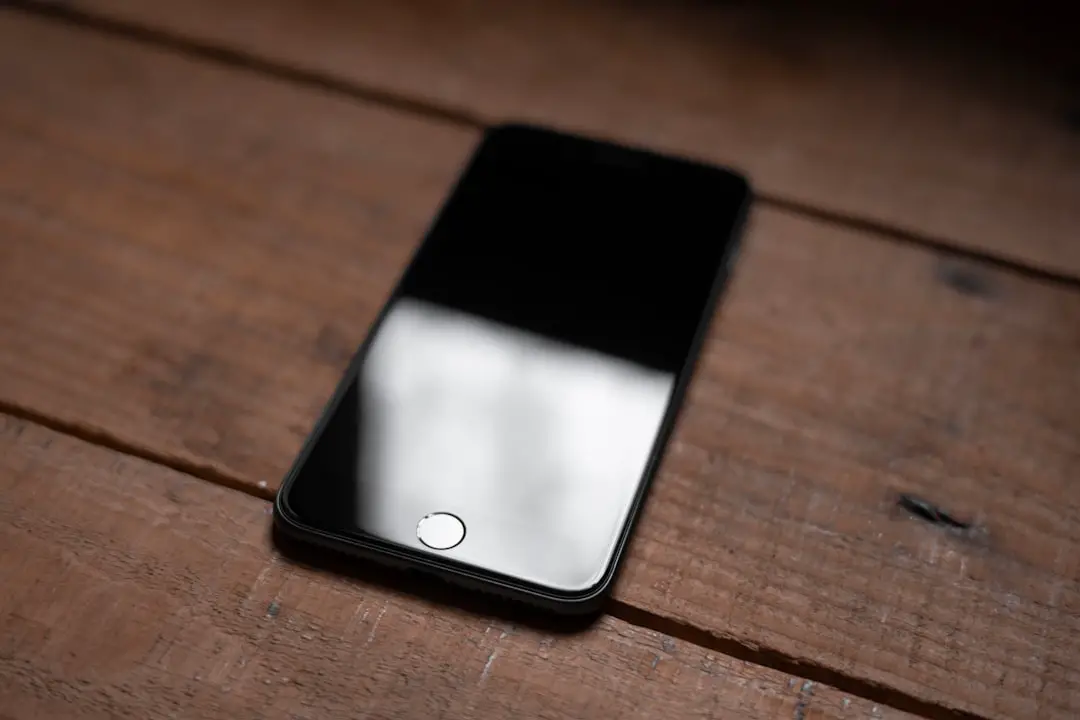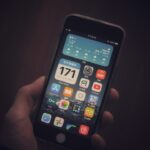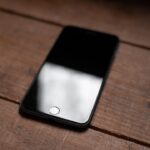Do Not Disturb (DND) mode is a feature available on most smartphones, including iPhones, that allows users to silence calls, alerts, and notifications while the device is in use or during specific times. This feature can be particularly useful during meetings, sleep hours, or any situation where interruptions are unwelcome. However, it can also lead to missed calls if inadvertently activated.
To check if DND mode is enabled, users can swipe down from the top right corner of the screen to access the Control Center. If the crescent moon icon is highlighted, it indicates that DND is active. Tapping the icon will disable the mode, allowing calls and notifications to come through as usual.
In addition to the quick access via the Control Center, users can delve deeper into the settings by navigating to the Settings app and selecting “Do Not Disturb.” Here, they can customize their preferences, such as allowing calls from specific contacts or enabling repeated calls to bypass DND if someone calls multiple times within a short period. This level of customization ensures that users can maintain their peace without completely isolating themselves from important communications. It’s essential to regularly check this setting, especially after software updates or changes in personal routines, to ensure that it aligns with current needs.
Key Takeaways
- To check if the Do Not Disturb mode is on, swipe down from the top right corner of the screen to access the Control Center and look for the crescent moon icon.
- Adjust volume settings by pressing the volume buttons on the side of the device or going to Settings > Sounds & Haptics.
- Verify the Ring/Silent switch on the side of the device is not set to silent mode.
- Reset network settings by going to Settings > General > Reset > Reset Network Settings.
- Update iOS software by going to Settings > General > Software Update and following the on-screen instructions.
- Check for blocked contacts by going to Settings > Phone > Call Blocking & Identification.
- Inspect hardware issues such as speaker or microphone problems by testing them with a call or audio recording.
- Seek professional help from an authorized service provider if the issue persists after trying the above steps.
Adjusting Volume Settings
Volume settings play a crucial role in how users experience notifications and calls on their devices.
Many users may find that their phone is not ringing due to low volume settings. To adjust these settings, one can use the physical volume buttons located on the side of the device.Pressing the volume up button while on the home screen or during a call will increase the ringer volume. However, it’s important to note that there are different volume controls for media playback and ringer notifications, which can sometimes lead to confusion. In addition to using the physical buttons, users can also adjust volume settings through the Settings app.
By navigating to “Sounds & Haptics,” individuals can see a slider for ringer and alerts volume. This section also allows users to enable or disable features such as “Change with Buttons,” which lets them adjust ringer volume using the side buttons even when they are in other apps. Furthermore, users should be aware of any potential issues with sound output, such as Bluetooth devices being connected inadvertently, which could redirect audio away from the phone’s speakers.
Ensuring that volume settings are appropriately configured is essential for receiving calls and notifications effectively.
Verifying Ring/Silent Switch

The ring/silent switch is a physical toggle located on the side of iPhones that allows users to quickly switch between ringing and silent modes. This simple yet effective feature can often be overlooked when troubleshooting why a phone isn’t ringing. If the switch is flipped towards the back of the device, it indicates that the phone is in silent mode, which will prevent any sounds from alerts or calls.
Users should check this switch regularly, especially if they notice they are not receiving notifications as expected. In addition to its primary function, the ring/silent switch also has implications for how notifications are handled. For instance, when in silent mode, users may still receive vibrations if they have enabled haptic feedback for notifications.
This feature can be beneficial in situations where complete silence is necessary but some form of alert is still desired. However, if a user finds that their phone is consistently not ringing despite being in ring mode, it may be worth investigating further into other settings or potential hardware issues that could be affecting sound output.
Resetting Network Settings
| Metrics | Values |
|---|---|
| Number of devices affected | — |
| Time taken for reset | — |
| Success rate | — |
| Impact on network speed | — |
Network connectivity issues can often lead to problems with receiving calls and notifications. If a user finds that their phone is not ringing despite all other settings appearing correct, resetting network settings may be a viable solution. This process involves erasing all saved Wi-Fi networks and passwords, cellular settings, and VPN configurations, effectively restoring network-related settings to their factory defaults.
To initiate this reset, users can navigate to Settings > General > Transfer or Reset iPhone > Reset > Reset Network Settings. After performing this reset, users will need to reconnect to Wi-Fi networks and re-enter passwords, which can be a minor inconvenience but may resolve underlying connectivity issues that were preventing calls from coming through. It’s important to note that this action does not delete any personal data or apps; it solely focuses on network configurations.
Users experiencing persistent issues with call reception or notifications should consider this step as part of their troubleshooting process.
Updating iOS Software
Keeping iOS software up to date is crucial for ensuring optimal performance and security on an iPhone. Apple frequently releases updates that not only introduce new features but also address bugs and improve overall system stability. If a user finds that their phone is not ringing or experiencing other anomalies, checking for software updates should be one of the first steps taken.
To do this, users can go to Settings > General > Software Update, where they will see if any updates are available for download. Updating iOS can resolve various issues related to call functionality and notification delivery. For example, previous versions of iOS may have had bugs that affected how incoming calls were processed or how notifications were displayed.
By updating to the latest version, users benefit from fixes that enhance system performance and reliability. Additionally, keeping software current ensures compatibility with apps and services that may rely on newer features or security protocols introduced in recent updates.
Checking for Blocked Contacts

Blocking Contacts on iPhones
Blocked contacts can inadvertently lead to missed calls and messages if users are unaware that they have restricted certain numbers. iPhones allow users to block specific contacts or numbers through the Phone app or Messages app settings.
Checking for Blocked Contacts
To check for blocked contacts, users can navigate to Settings > Phone > Blocked Contacts or Settings > Messages > Blocked Contacts. Here, they will find a list of all numbers that have been blocked from contacting them.
Unblocking Contacts
If a user discovers that a contact they wish to receive calls from is on this list, they can easily unblock them by swiping left on the number and selecting “Unblock.” This action restores communication with that contact and ensures that future calls and messages will come through without issue.
Maintaining Your Blocked Contacts List
It’s advisable for users to periodically review their blocked contacts list, especially if they have recently changed phone numbers or switched devices, as this can help prevent unintentional communication barriers.
Inspecting Hardware Issues
While software settings often account for issues related to missed calls and notifications, hardware problems can also play a significant role in these scenarios. If all software-related troubleshooting steps have been exhausted without resolution, it may be time to inspect the device for potential hardware issues. Common hardware problems include malfunctioning speakers or microphones, which could prevent sound from being emitted during incoming calls.
To assess whether hardware issues are at play, users can conduct simple tests such as making a call to themselves or playing audio through various apps to determine if sound output is functioning correctly. If sounds are muffled or absent altogether, it may indicate a problem with the speaker system or internal components of the device. In such cases, seeking professional assistance may be necessary to diagnose and repair any underlying hardware malfunctions.
Seeking Professional Help
When all else fails and a user continues to experience issues with their iPhone not ringing or receiving notifications despite thorough troubleshooting efforts, seeking professional help becomes essential. Authorized service providers or Apple Support can offer expert guidance and diagnostic services that go beyond basic troubleshooting steps. They have access to specialized tools and resources that can identify complex issues related to both software and hardware.
Users should consider scheduling an appointment at an Apple Store or contacting Apple Support online for assistance. During this process, it’s helpful for users to provide detailed information about the problems they are experiencing and any steps they have already taken to resolve them. This information will enable technicians to diagnose the issue more efficiently and recommend appropriate solutions or repairs if necessary.
In some cases, professional help may lead to discovering underlying problems that were not initially apparent, ensuring that users can return to enjoying their device without further interruptions.
If you are experiencing issues with your iPhone not ringing, you may want to check out the article on getiphoneinfo.com for more information. This article may provide helpful tips and solutions to troubleshoot the problem. Additionally, you can reach out to the website’s support team for further assistance by visiting their contact page. Make sure to review their privacy policy to understand how your information is handled when seeking help with your iPhone.
FAQs
Why is my iPhone not ringing?
There are several reasons why your iPhone may not be ringing, including issues with the volume settings, Do Not Disturb mode, or software glitches.
How can I fix my iPhone if it’s not ringing?
You can try several troubleshooting steps to fix your iPhone if it’s not ringing, such as checking the volume settings, disabling Do Not Disturb mode, restarting the phone, or updating the software.
What should I do if my iPhone is not ringing for incoming calls?
If your iPhone is not ringing for incoming calls, you can try adjusting the volume, checking the Do Not Disturb settings, ensuring that the ringer switch is not muted, and restarting the phone.
Can software issues cause my iPhone not to ring?
Yes, software issues such as bugs or glitches can cause your iPhone not to ring. Updating the software or resetting the phone’s settings may help resolve these issues.
Is there a way to test if my iPhone’s ringer is working?
You can test if your iPhone’s ringer is working by adjusting the volume, playing a ringtone, or using the “Ring/Silent” switch to see if the phone vibrates when receiving a call.










